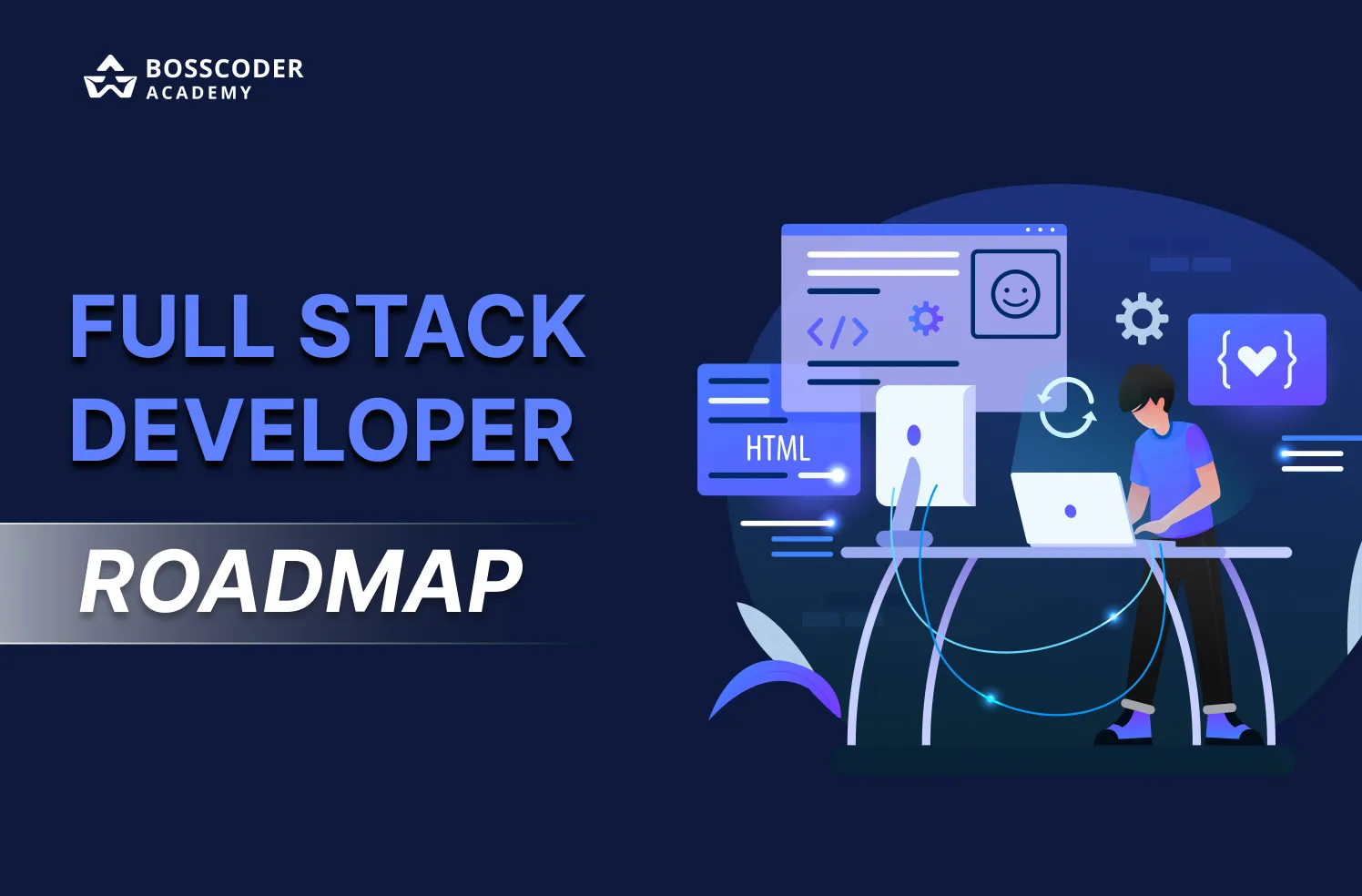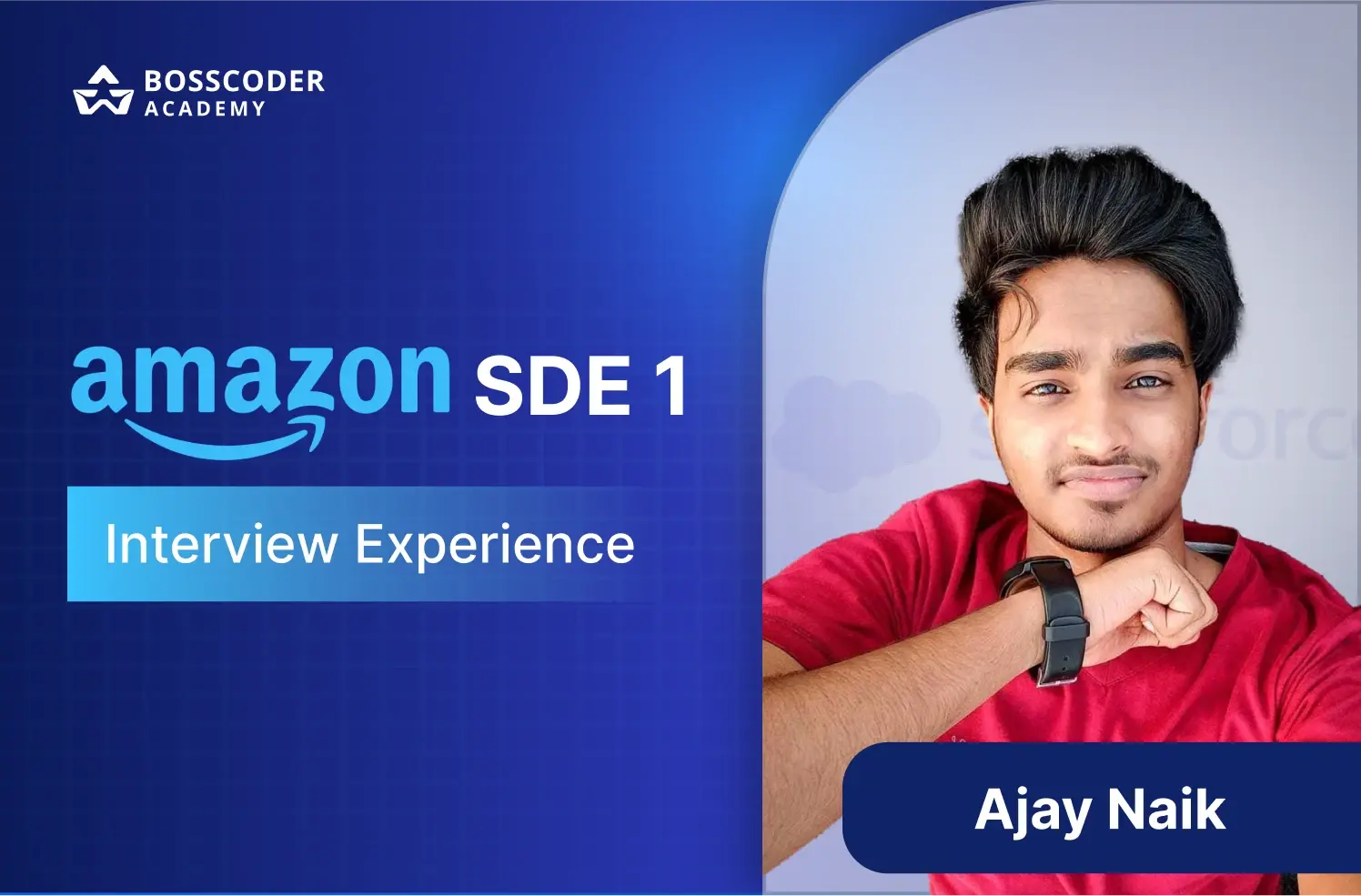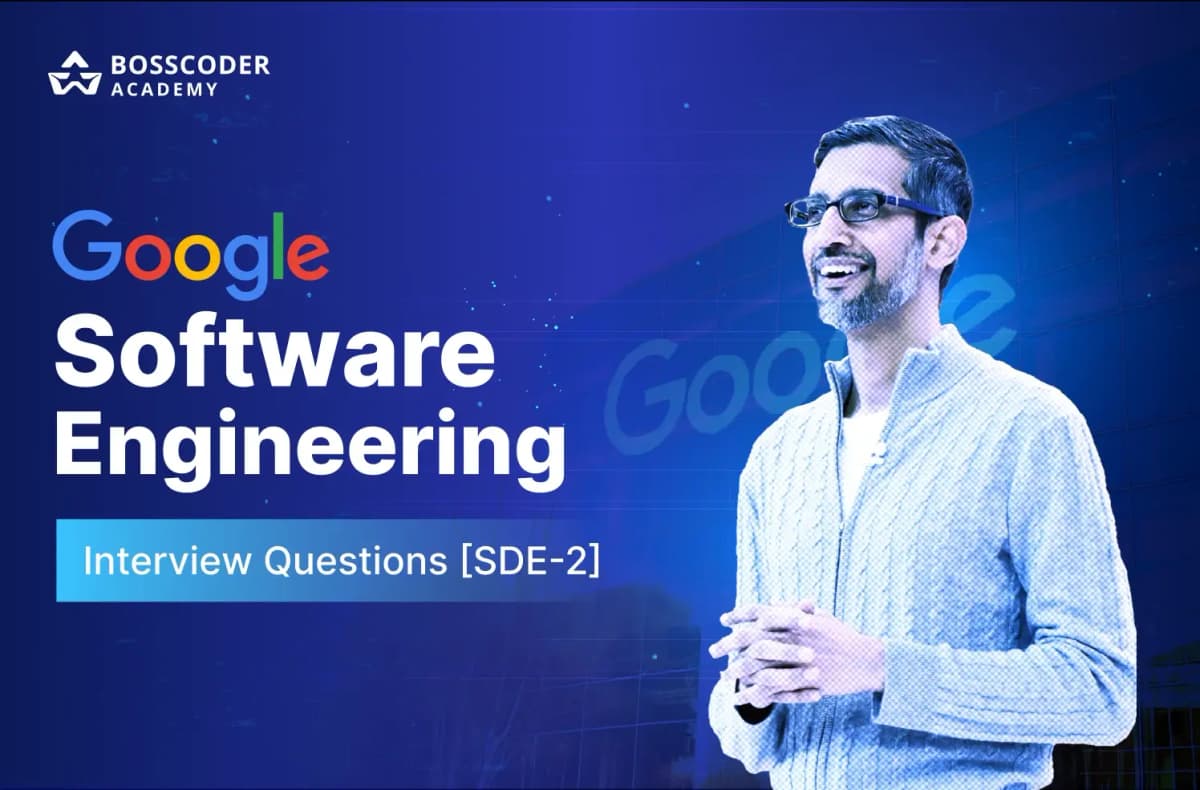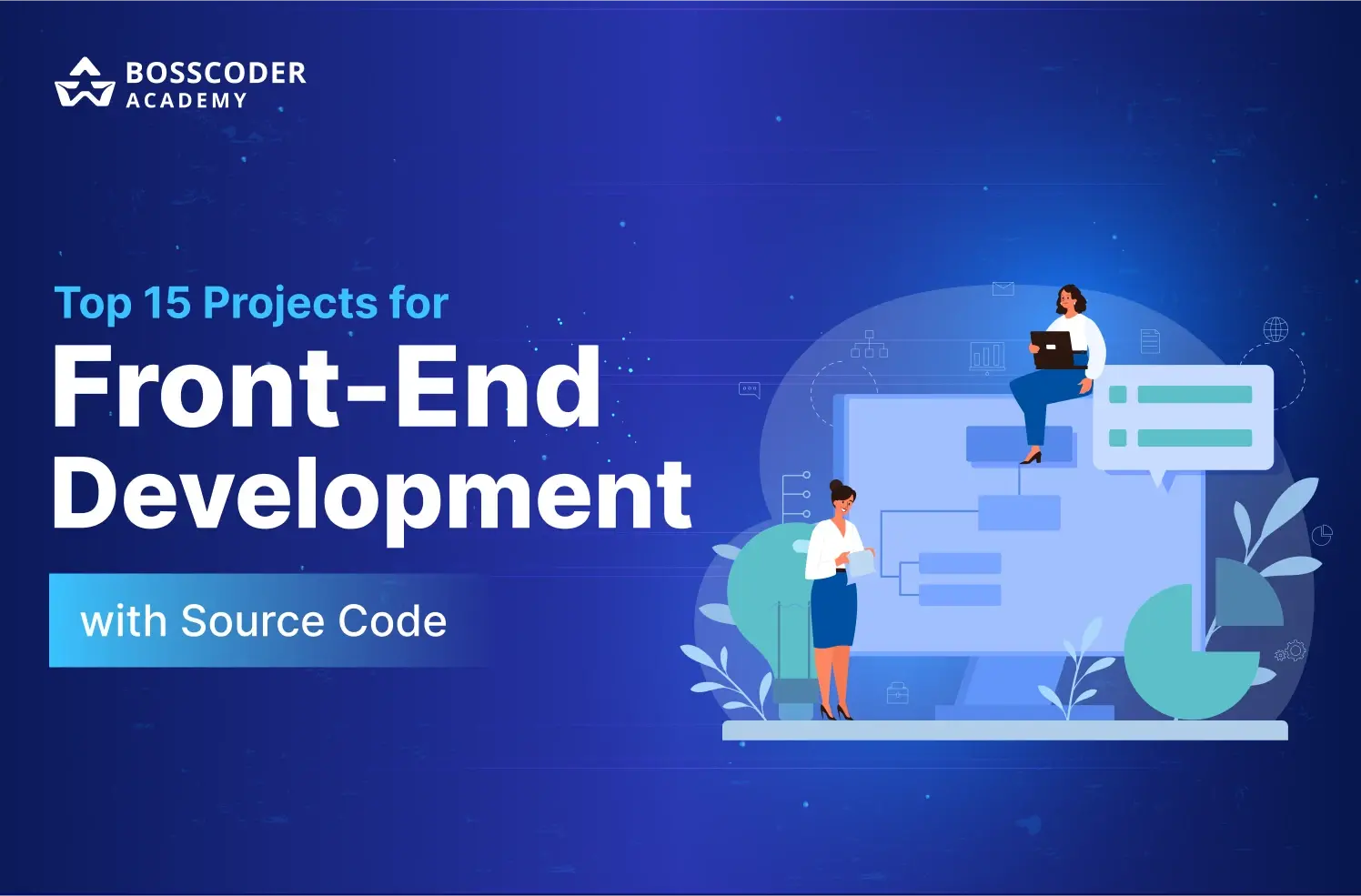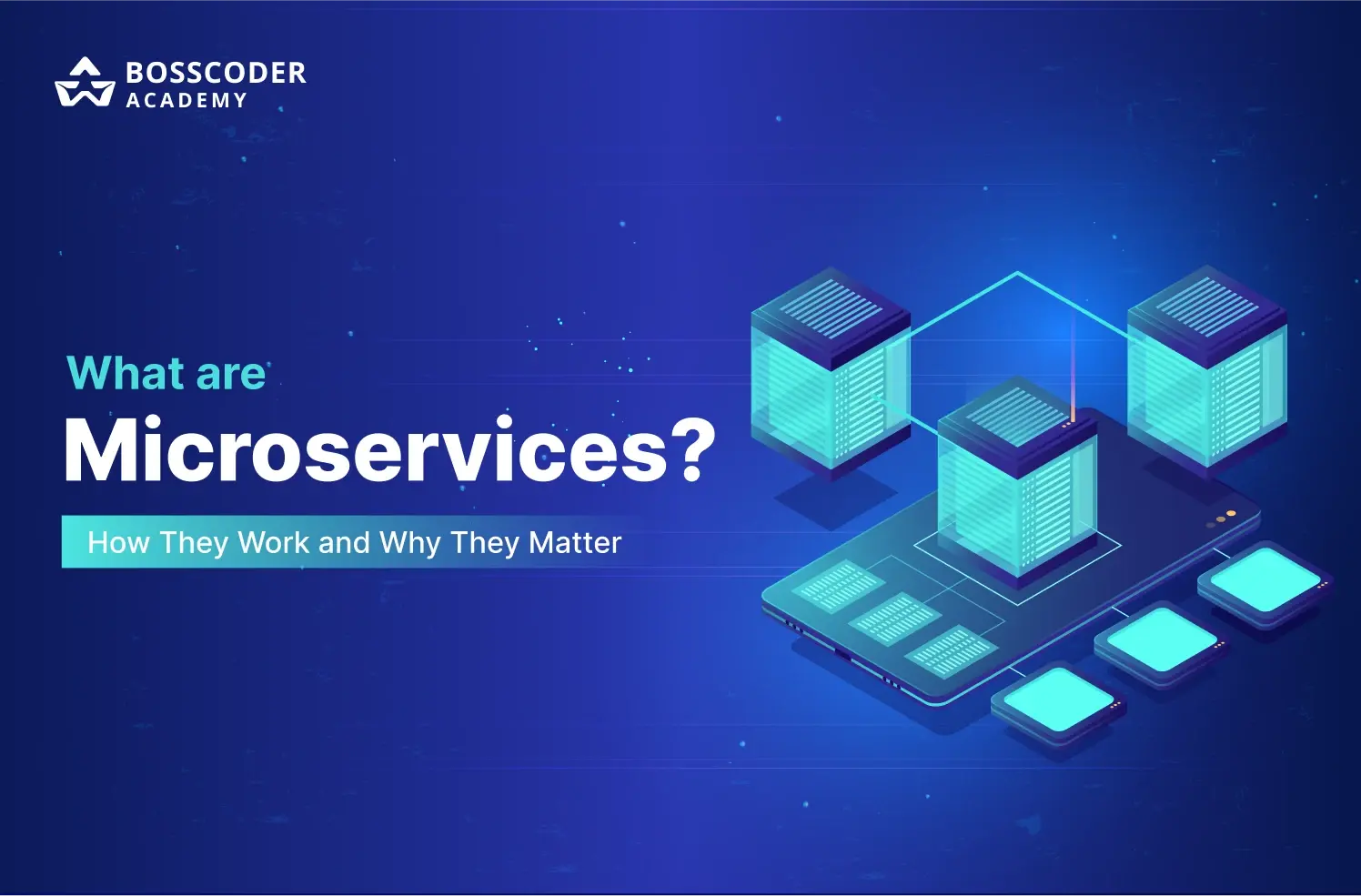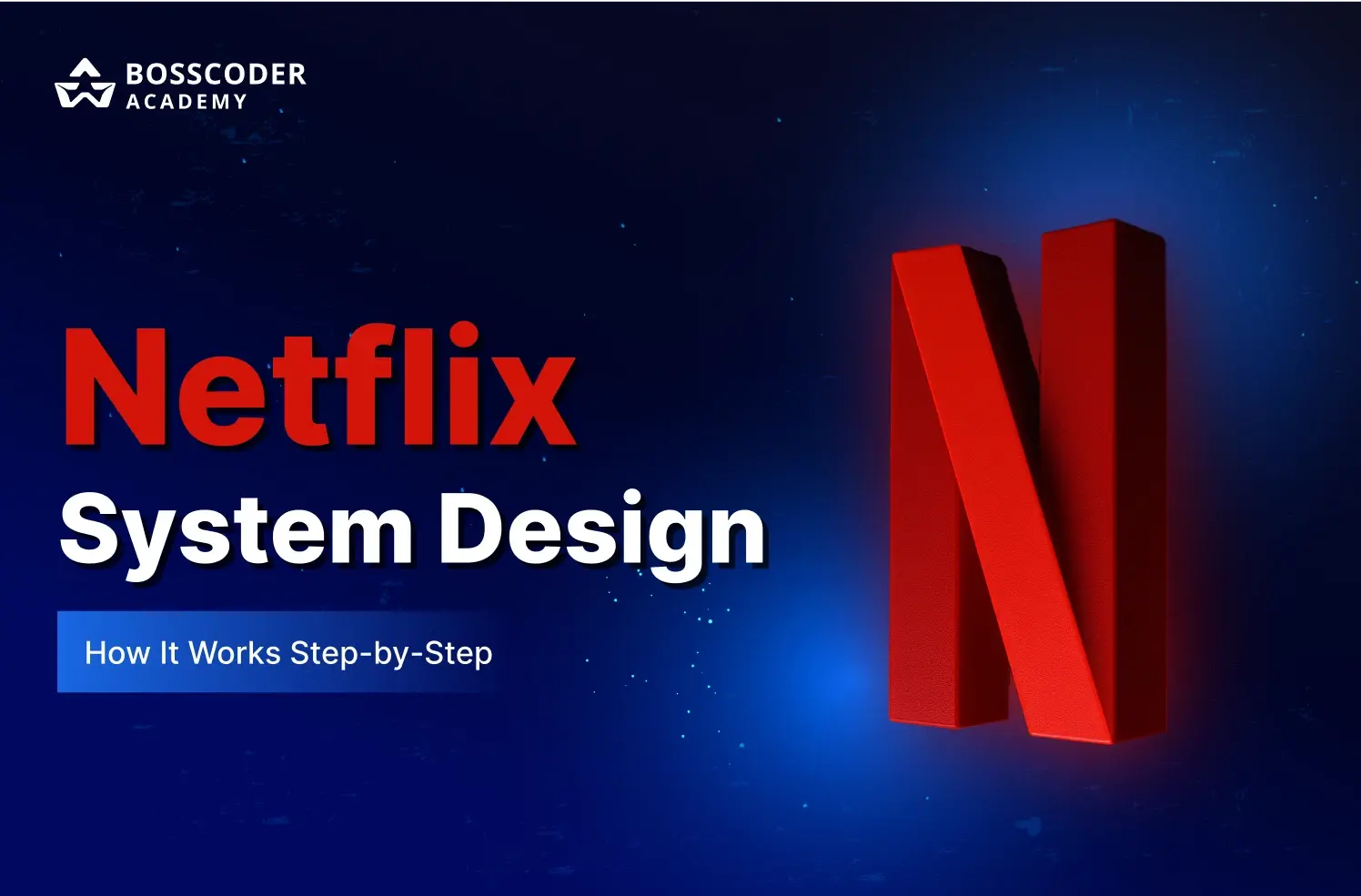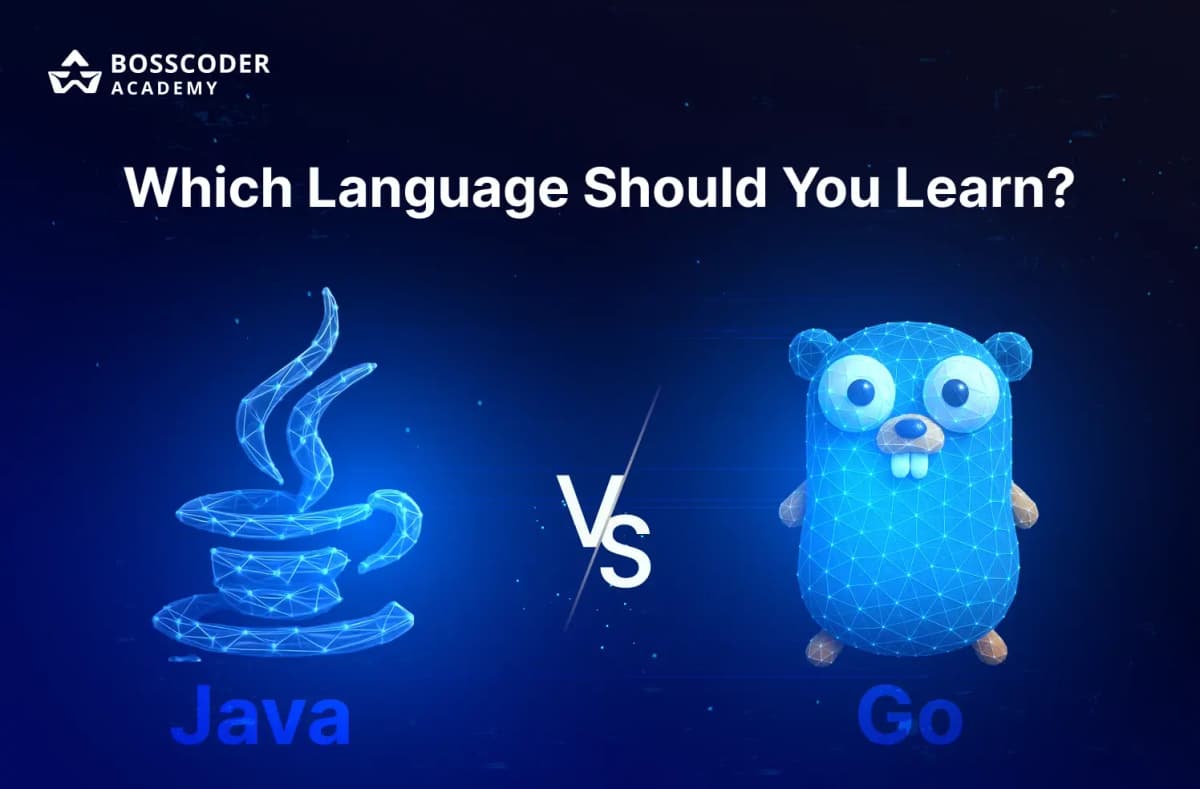Have you ever wondered how sites such as Amazon, Netflix, or Instagram provide immediate, seamless, and enjoyable interfaces whether in web or mobile? The secret is within the full-stack development! From watching your favorite series on Netflix to ordering food online from Zomato, everything is developed and coded by full-stack developers.
Want to become a web pro and build amazing websites and apps? You’re in the right place! In this blog, we’ll guide you through the Full Stack Developer Roadmap. So we will begin with the basics—HTML, CSS, and JavaScript—and tell you how all these tools come together to create entire websites. Additionally, you’ll learn about programming languages and how databases store vital information. You might need some time, but if you do the right things, you will get there!
Ready to start your journey? Start learning today!
Who is a Full Stack Developer?
A full stack developer is the one who can take care of the front-end as well as back-end part of any website or an application. In short, everything which is needed to build a complete web application will be taken care of by this developer.
Work of a Frontend developer includes designing user-friendly pages and creating user-responsive features using tools like HTML, CSS, JavaScript, and frameworks like React, Angular, Vue etc.
And work of a backend developer includes using languages like Python, Java, or Node.js, and writing the logic which powers the application and managing a database to save and store the information.
Full Stack Developer Roadmap
1. Choose a Technology
There are a lot of technological tools out there if you want to become a full-stack developer, therefore the first step is to pick a technology stack—a set of tools and technologies you'll use to build your applications. Choosing the right stack is important because it lays the foundation for your development journey.

The two famous choices are MERN and MEAN stacks. Both are based on the programming language JavaScript, therefore we only need to learn one programming language to handle everything from the front-end to the back-end development.
- MERN Stack
MERN is preferred for its performance, scalability, and streamlined development process, particularly for developers looking to create responsive web applications.
- MEAN Stack
It is designed for developing user-interactive and dynamic web applications. Developers seeking a complete framework that facilitates the development and testing of applications within a single domain will find it useful.
We can use any of the two stacks, both are powerful and highly used, so we cannot go wrong with either. The choice should be based on our preference for using React (MERN) or Angular (MEAN) when building the front-end of our applications.
2. Front-End Development (1 to 3 months)
It is one of the important sections in full stack development. It involves creating interactive elements of a web application which is visible to the end users. The three major technologies in the full stack developer roadmap that are most critical for frontend development are HTML, CSS, and JavaScript. They help to create the structure and style of web pages.

- HTML (HyperText Markup Language):
HTML is the skeleton of any website. It gives a basic structure to web pages and enables developers to define elements like headings, paragraphs, links, and images.
- CSS (Cascading Style Sheets):
CSS is what makes websites pretty. It helps developers style HTML elements, control the layout, colors, fonts, and responsiveness of the website on different screen sizes.
CSS3 is the latest version that introduces features such as animations, transitions, and grid layouts that allow for more complex and responsive design capabilities.
Learn Flexbox: Flexbox Froggy – a game intended for practicing Flexbox.
- JavaScript:
JavaScript is that which powers most interactive and dynamic behaviors on a webpage, very essential in the development of a website's frontend.
As the programming language of the web, it helps developers implement more complex features, such as real-time updates, interactive maps, animated graphics, and seamless form validations, through JavaScript tools.
JavaScript works with HTML and CSS. In other words, HTML provides the skeleton, while CSS gives it a look and feel, and JavaScript makes it interactive with logic and includes the DSA for efficient problem-solving.
- Frameworks:
Comprehensive toolkits of front-end frameworks simplify the creating of complex, responsive web applications.
There are pre-written codes that form a structured basis for libraries, templates, and conventions, helping developers avoid having to reinvent the wheel in order to focus on unique features that differentiate applications from others. Front-end frameworks like React, Angular, and Vue.js make robust data-binding solutions, component-based architectures, and client-side routing available.
2. Back-end development (2 to 4 months)
It takes 2 to 4 months to become a Back-end Developer. Back-end development acts as a bridge between the database and the front-end robust data-binding solutions, component-based architectures, and client-side routing available development.

Developers write the code here which is used to transfer information from the database to the browser. It includes a server, an application and a database.
Server-side development focuses on the server, database, and application logic-components. It is known as backend development since users cannot see this, but these are crucial to the functionality and working of web applications. It also includes the development of an API, or Application Programming Interface, which can be thought of as a waiter in a restaurant which receives and fetches orders from the customer to the chef and vice versa.
- Programming Languages:
There are various programming languages which can be used to develop backend like JavaScript, Java, Python, PHP etc. JavaScript is one of the popular languages which can be used in both frontend and backend development.
- Frameworks:
Backend frameworks are the components and functions that make the life of a backend developer easier, since this makes the code look simpler and improves the performance of development.
It accelerates the process of development, allowing for scalability and security of web applications. Examples include Node.js, Express, Django, Spring etc.
- Database:
A database is a storage system for data, we can retrieve and store data here, and can use it in our application. There can be various types of databases like relational and non-relational databases. In relational database data are stored in the form of tables i.e. rows and columns, for example MySQL, PostgreSQL etc. In non-relational databases data is stored in the form of document, key-value pair, JSON etc., for example MongoDB, DynamoDB, Firebase etc.
3. Version Control System(1-2 weeks)
It is a great tool with the help of which we can manage and track the changes in our source code. It provides the facility of multiple developers working on a single project with the help of version control software, tracks individual changes by every contributor, and ensures that there would be no conflicting updates. Examples include Git, GitHub, GitLab, Beanstalk etc. Git is a popular version control system and code management system to track the changes in the projects.
4. Some Projects to Kickstart Your Journey
- Personal Portfolio Website
Develop HTML/CSS/JavaScript based portfolio website and also use Node.js with MongoDB for managing your projects.
Resource: Build a Personal Portfolio Website
- Blog Platform
Create a blog with protected account management, the ability to create and edit posts. Employ the usage of MERN stack, which is perfect in its development.
Resource: Create a Blog Application
- E-Commerce Website
Create an e-commerce application with catalog and product search functionality, cart and payment services.
Resource: Full-Stack E-Commerce App
- Task Management App
Build an app with the ability to add/update/delete tasks. It is also highly recommended to create your application with the help of React or Angular on the backend based on Node.js and on the backend – with MongoDB.
Resource: Task Management App
- Real-Time Chat Application
Implement an application that uses WebSocket or Socket.IO for the purpose of performing real time chat functionalities.
Resource: Real-Time Chat App
Don’t wait to build the career you’ve always wanted—join Bosscoder Academy now and unlock your full potential!
Benefits of Hiring a Full Stack Developer
- Cost-Saving: A full-stack developer means there will be no need for both the front-end developer and the back-end developer.
- Autonomous Teams: They are capable of commanding their own projects that will contribute to enhanced and efficient development.
- Good Individual Contributors: It reduces the issues with improperly dividing teams and allows for full-stack developers to contribute greatly.
- Effective Resource Allocation: For example, they can shift between two or more tasks at the same time, leading to optimization of resources and minimizing on congestion.
Conclusion
Full-stack development is going to be a dynamic landscape full of opportunities. Remember, as we move through this roadmap to becoming a full-stack developer, we must always be curious, not give up on our goals, and never stop dreaming and pushing boundaries. This is the kind of world that needs problem solvers, innovators, and creative minds to build and enable digital solutions to be created for tomorrow. Now, the journey as a full-stack developer doesn't stop at just building applications.
It's about shaping the future of technology altogether. So, follow the above steps and begin your journey in the contribution of shaping a smarter, more connected, and innovative digital world.
FAQs
1. What is Full Stack Web Development?
Full stack web development is the practice of building the front-end and back-end of a web application. A front end is a part of the application where users interact and a backend is a part of the application which is invisible to the users, and it handles all the logical parts.
2. How long does it take to become a Full Stack Developer?
It depends on your time dedicated to it and learning pace. For a beginner, it could take 6 to 12 months, while for an intermediate it could take 3–4 months.
3. Which programming languages are essential for full-stack development?
There are various programming languages which could be used like for front-end we can use HTML, CSS, JavaScript. And for the back-end we choose languages such as JavaScript, Java, Python etc.
4. What are the prerequisites to start learning Full Stack Development?
The prerequisite for this include having the knowledge of computer fundamentals like how computers, internet, browsers, etc. work. We should know the basics of programming concepts like understanding variables, loops, etc. Also, one should have the problem-solving skill and a learning mindset.


